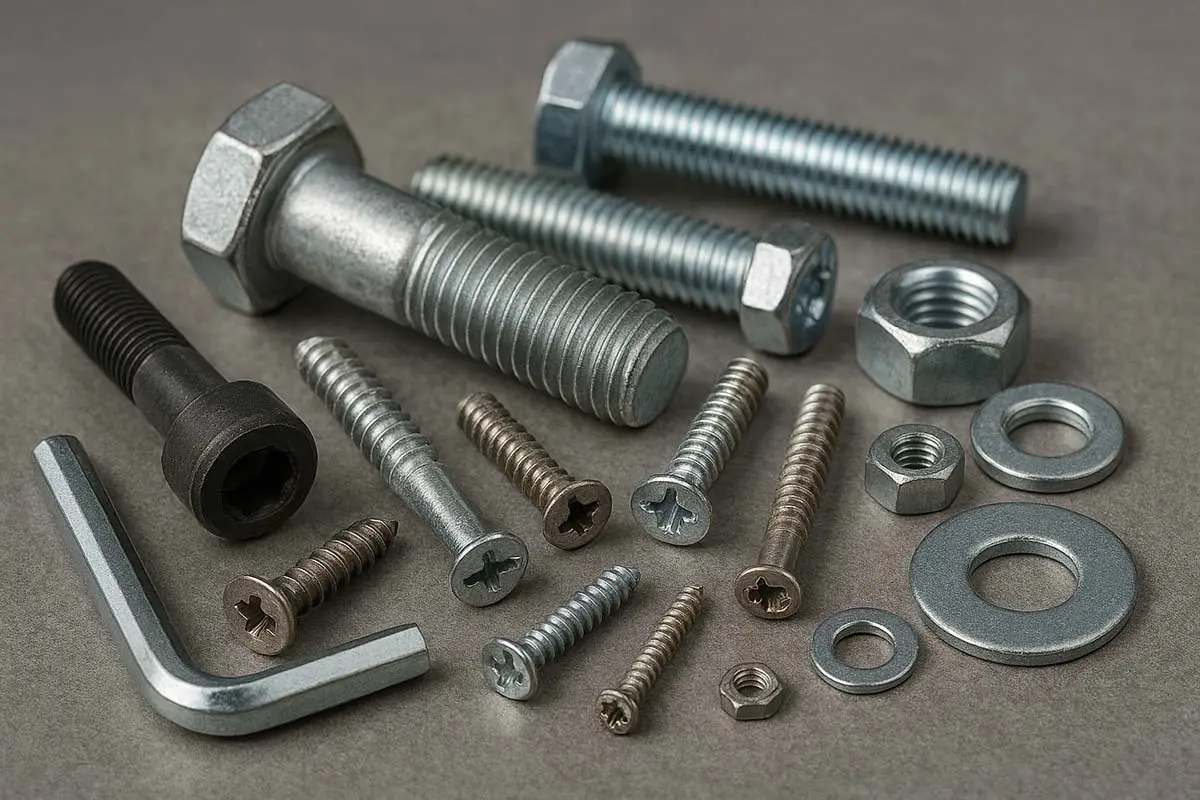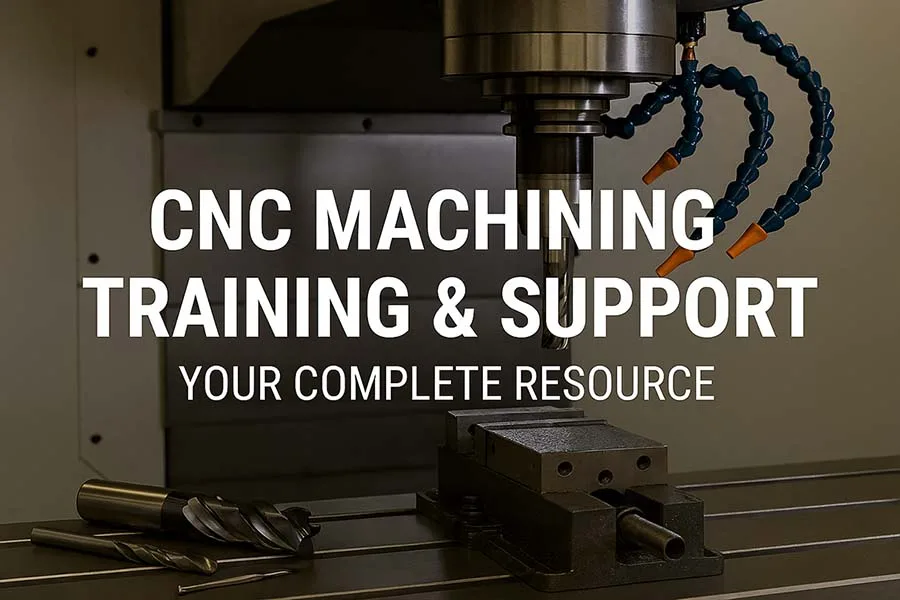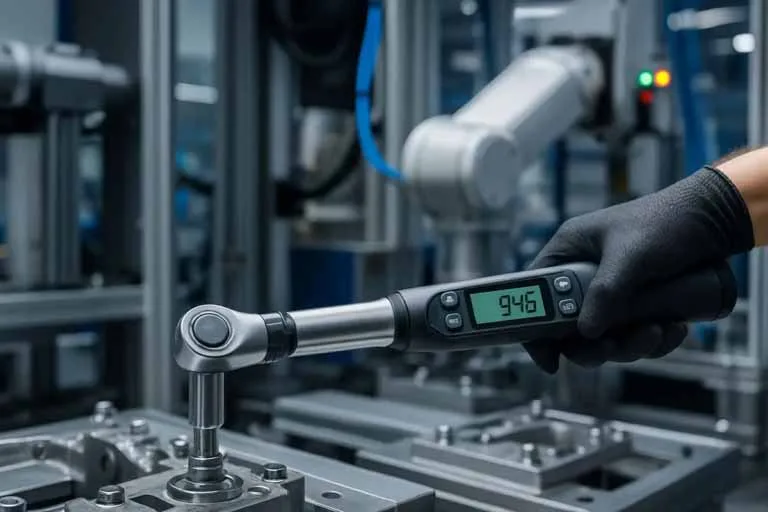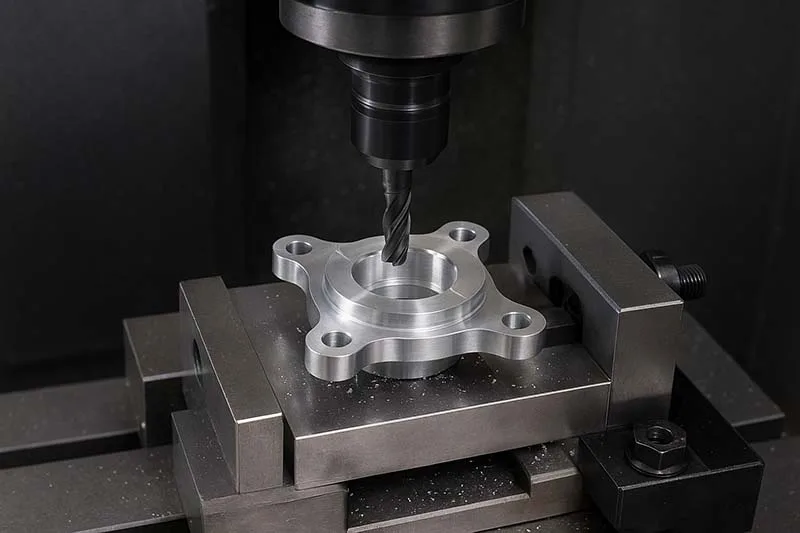Introduction: Choosing the Right Fastener Matters More Than You Think
Picking a fastener isn’t just about grabbing “whatever fits.” In industrial settings, choosing the right fastener is the difference between a product that lasts—and one that fails under pressure.
Fasteners might be small, but they’re mission-critical. With dozens of types and thousands of variations, this guide will help you understand the most common types of industrial fasteners and when you should use each one.
🔩 1. Bolts
Bolts are externally threaded fasteners designed to be used with a nut or in a tapped hole. They create strong, permanent (yet removable) joints.
🔹 Best For:
- Heavy machinery
- Construction frames
- Flanges and pressure systems
- Automotive assemblies
🔹 Common Bolt Types:
| Bolt Type | Description | Common Use |
|---|---|---|
| Hex Bolt | Six-sided head, most common | Machinery, construction |
| Carriage Bolt | Round head, square neck | Wood and metal connection |
| Flange Bolt | Built-in washer head | Automotive and vibration zones |
| Eye Bolt | Loop at end | Lifting or anchoring |
| U-Bolt | U-shaped with threads | Pipe support, vehicle suspension |
✅ Pro Tip: Always pair bolts with the correct grade nut and washer to prevent loosening.
🔩 2. Screws
Screws are similar to bolts but typically don’t need a nut. They form their own thread or fit into pre-threaded holes.
🔹 Best For:
- Assembly lines
- Electronics
- Sheet metal work
- Light-duty fixtures
🔹 Common Screw Types:
| Screw Type | Description | Common Use |
|---|---|---|
| Machine Screw | Threads into tapped holes | Electrical enclosures |
| Self-Tapping Screw | Cuts its own thread | Sheet metal, plastic |
| Wood Screw | Coarse threads for grip | Furniture, wood framing |
| Socket Head Cap Screw | Allen key head, high strength | Automotive, aerospace |
✅ Use Tip: Over-torqueing screws is a common cause of fastener failure—especially in plastic or aluminum materials.
🔩 3. Nuts
Nuts are internally threaded and used with bolts to clamp assemblies together. They may come with locking features to prevent loosening.
🔹 Best For:
- Vibration-prone applications
- Securing critical joints
- Assembly-disassembly cycles
🔹 Common Nut Types:
| Nut Type | Description | Common Use |
|---|---|---|
| Hex Nut | Standard six-sided | Universal use |
| Lock Nut | Nylon insert or distorted thread | Automotive, vibration zones |
| Flange Nut | Integrated washer base | Pipe systems, machinery |
| Wing Nut | Easy hand-tightening | Temporary fixtures, light duty |
✅ Engineer’s Note: Don’t reuse nylon lock nuts more than once—they lose holding power.
🔩 4. Washers
Washers distribute the load of a bolt or screw and prevent surface damage. They also help prevent loosening due to vibration.
🔹 Best For:
- High-load joints
- Soft or coated surfaces
- Dynamic/vibrating environments
🔹 Common Washer Types:
| Washer Type | Description | Common Use |
|---|---|---|
| Flat Washer | Basic load distribution | Every bolted joint |
| Spring Washer | Adds tension to prevent loosening | Vibration-prone systems |
| Belleville Washer | Conical shape | Pre-load sensitive joints |
| Fender Washer | Large outer diameter | Spreading load over soft materials |
✅ Fun Fact: A properly placed washer can double the lifespan of a bolted connection in high-vibration applications.
🔩 5. Rivets
Rivets are permanent fasteners often used when welding isn’t practical. Once installed, they can’t be removed without damage.
🔹 Best For:
- Aircraft and aerospace
- Sheet metal structures
- Structural fabrication
- Blind applications (one-side access)
🔹 Common Rivet Types:
| Rivet Type | Description | Common Use |
|---|---|---|
| Solid Rivet | Most durable, needs hammering | Aircraft, heavy equipment |
| Blind (Pop) Rivet | Installed from one side | Enclosures, sheet metal |
| Drive Rivet | Simple install with hammer | HVAC, signage |
| Tubular Rivet | Hollow center | Leather goods, electronics |
✅ Installer Tip: Use a rivet gauge to ensure correct diameter and grip length for structural joints.
🧠 Interesting Fact
The Eiffel Tower was assembled using over 2.5 million rivets—many hammered in by hand while dangling hundreds of feet in the air!
🤯 Lesser-Known Insight
A U-bolt can be used not only for pipes, but also as a shock absorber bracket in heavy-duty trucks when paired with clamping plates.
🏭 When to Use Each Fastener: Quick Reference Table
| Application | Best Fastener(s) | Why |
|---|---|---|
| Heavy machinery | Hex bolts + flange nuts + washers | Strong, vibration-resistant |
| Sheet metal | Self-tapping screws + blind rivets | One-side access, speed |
| Electrical boxes | Machine screws + lock nuts | Easy disassembly, secure |
| Wood framing | Wood screws + flat washers | Deep grip, surface protection |
| Pipe systems | U-bolts + flange nuts | Secure, adjustable |
| Aerospace | Solid rivets + socket screws | Lightweight, structural integrity |
🛠️ How to Choose the Right Fastener
- Material Type – Wood? Metal? Plastic?
- Vibration Level – Need lock nuts or spring washers?
- Load & Torque Requirements – Refer to strength class
- Environmental Conditions – Need corrosion resistance?
- Permanent or Removable? – Bolts are removable, rivets are not
🔗 Explore More Fastener Content
- Understanding Bolt Grades and Strength Classes (Metric & SAE)
- Common Types of Industrial Fasteners and When to Use Them
- What’s the Difference Between Bolts, Screws, and Studs?
- Fastener Materials and Coatings Explained
- How to Prevent Fastener Failure in the Field
- How to Read Bolt Head Markings: Grade, Manufacturer & More
- Explained: Coarse vs Fine Threads in Industrial Fastening
- What’s the Difference Between Bolts, Screws, and Studs?
- Should You Buy Fasteners in Bulk or Kits?
- How to Properly Torque a Bolt for Industrial Applications
✅ Conclusion: Fastener Function = System Success
No matter how advanced the machine, the humble fastener still holds it all together. Knowing which type to use—and when—is critical to any assembly, repair, or engineering job.
So the next time someone says, “Just grab a bolt,” you’ll know better.
💬 Let’s Talk Fasteners!
Have a favorite type of fastener for a tough job?
Ever had a screw or rivet fail at the worst time?
Leave a comment below with your real-world stories or pro tips, and don’t forget to share this article with your fellow builders, engineers, and fixers!





